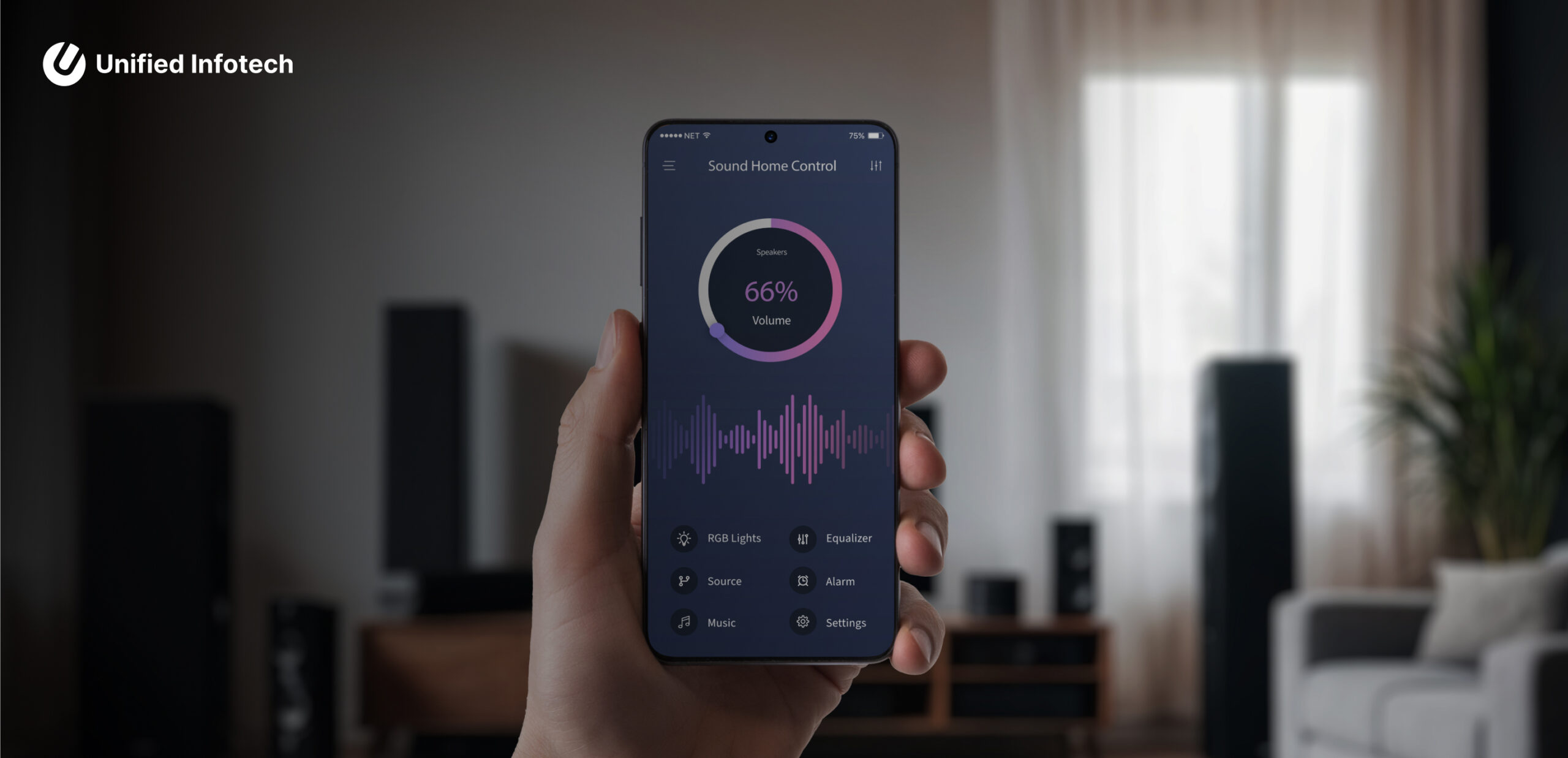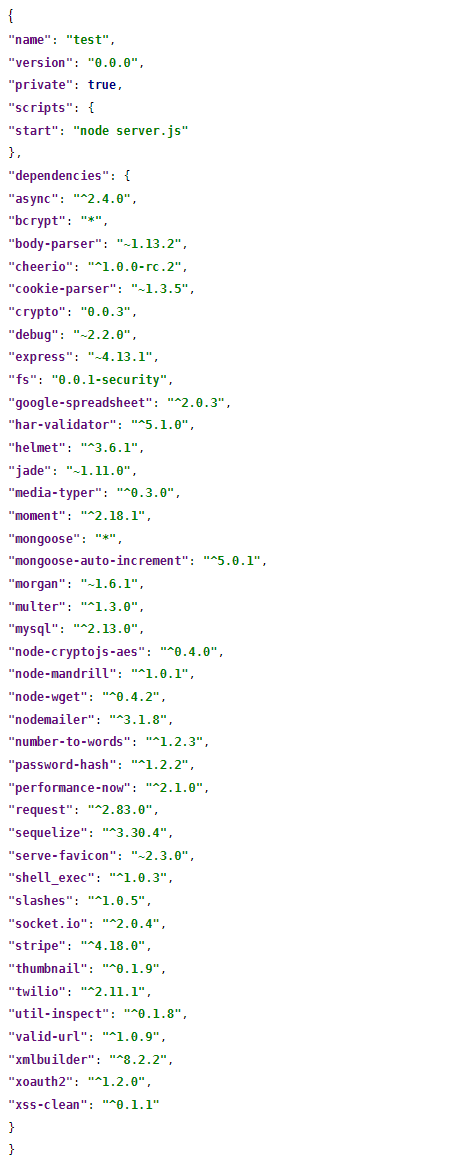
Site Search
Build a REST API for Mobile Apps Using Node.js

Table of contents

Let's talk
Reach out, we'd love to hear from you!
Sometimes you need a backend solution that gives more than a typical Backend As A Service (BaaS) can offer. You might also want something to test against quickly even if it isn’t intended to be your production server. One of the most widespread use-cases for Node.js is to write RESTful APIs using it.
As a mobile app developer or development company, you will love to build REST APIs using the Node.js backend for several reasons:
• Node.js is lightweight and easy to get started with.
• Easy to work with JSON in JavaScript, as JSON stands for JavaScript Object Notation!
• Node.js offers fine-grained control over your request and replies.
However, it is always a huge challenge to figure out how to handle authentication when building an API. Authentication refers to the practice of knowing exactly who is accessing your data and securely doing is not that easy. Here we will show you how you can build a REST API for your mobile apps using Node.js
What is REST API?
REST stands for Representational State Transfer and it is a way how a web server should respond to requests. This feature permits to not only read data, but also do other things like deleting, updating, or creating data.
REST APIs handle the server side of the web application. That means the backend is built once and can provide content or data for frontend, mobile, or other server-side apps. A great example is the Google calendar API.
Advantages:
• High performance
• Quick & easy development
• Easy to write API and interaction code
• Streaming support
• Run on single thread to handle multiple concurrent requests
• Monitoring possibilities
• Authentication support
• Lightweight, fast, and scalable
Let’s Get Started –
Fundamentals:
• Node JS
• MS SQL Server Database
App Setup and Execution –
Step 1: Create a package.json file.

Step 2: Create server.js file.

Note: As per your requirement, you can add multiple routes.
Step 3: Open CMD, execute npm install command.
Step 4: Run below command into CMD after successful installation of node modules.
node server.js
Finalizing and Testing the API
Testing
The interface allows to test all HTTP methods efficiently and test whether all routes are doing what they intend to do using the chrome extension of Postman.
Note: Instead of testing all routes manually, you can use automated tests.
CORS
Cross Origin Resource Sharing permits the browser though headers to access resources from a different domain. This is restricted due to security risk. We need to build a middleware that allows domains to consume the API.
• Set the header to allow access to all origins
• Allow HTTP methods
Final Thought!
As we have already seen a REST API is a great tool for setting up basic backend microservices. It is necessary to fully understand the database you are working with and interaction with routes. In this scenario, this was mongoose. Being one of the pioneer mobile app development company in NYC, we provide robust technology and on-time delivery of your product and services. Get in touch with us to know more.


